|
No Girls Allowed!
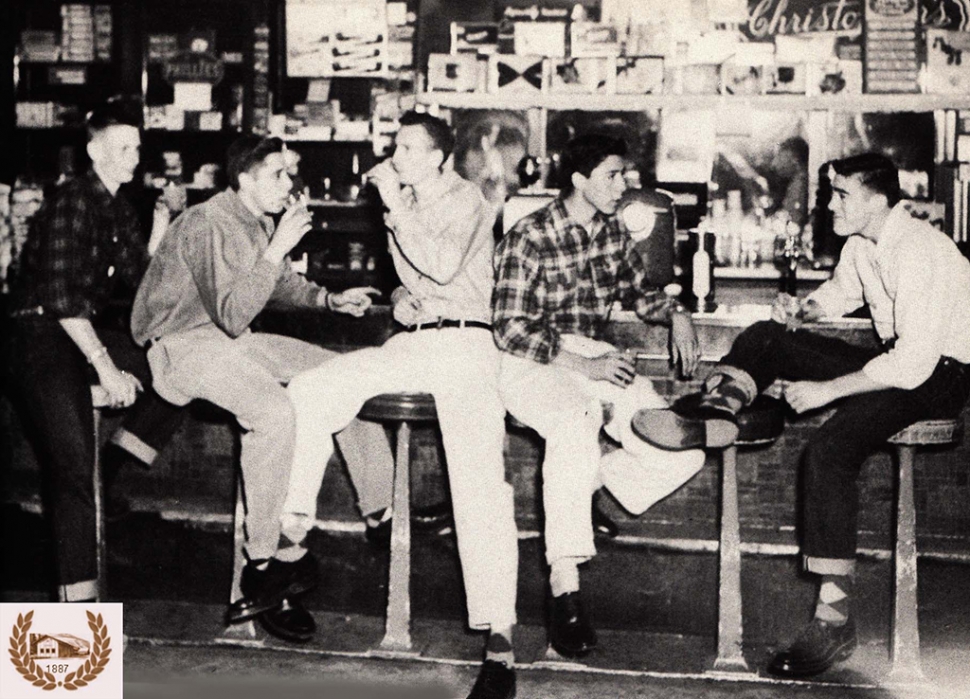 The guys enjoying the soda fountain at the Pool Hall. By Gazette Staff Writers — Wednesday, September 29th, 2021
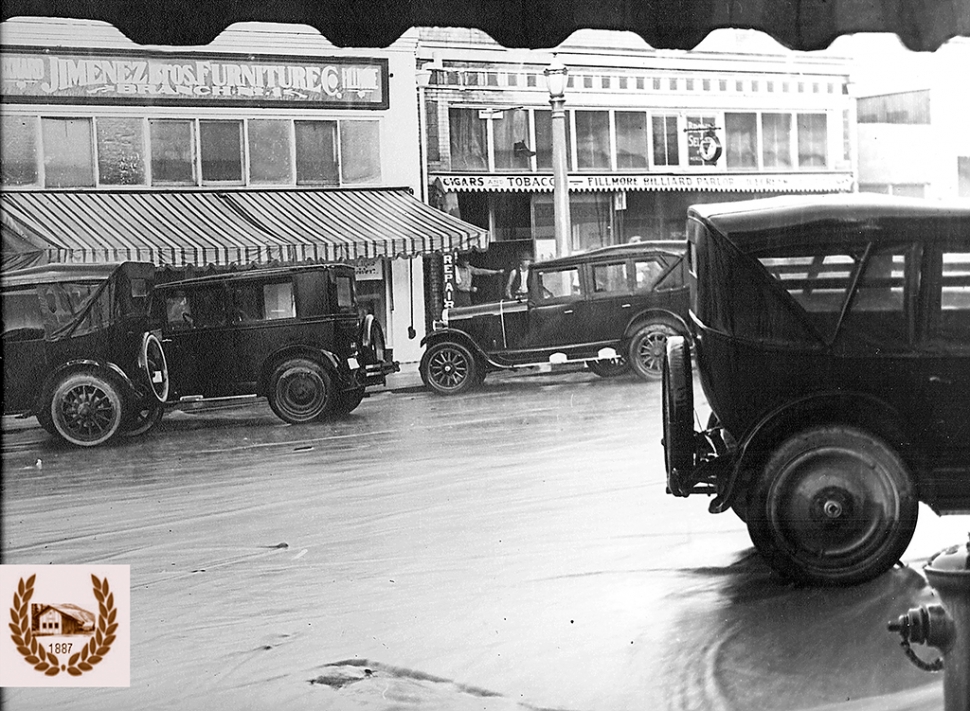 A Rainy Day with the Fillmore Billiard Parlor in the background in 1926. 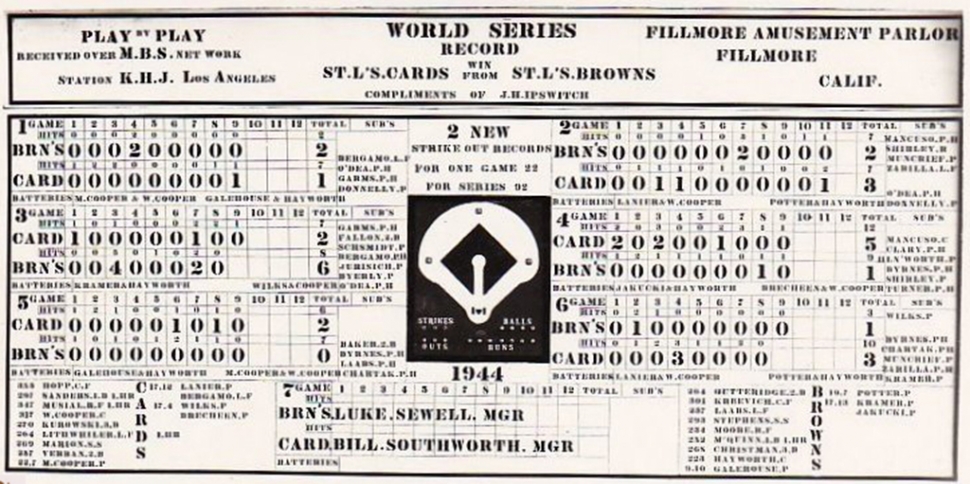 World Series Score Card at the Pool Hall in 1944. 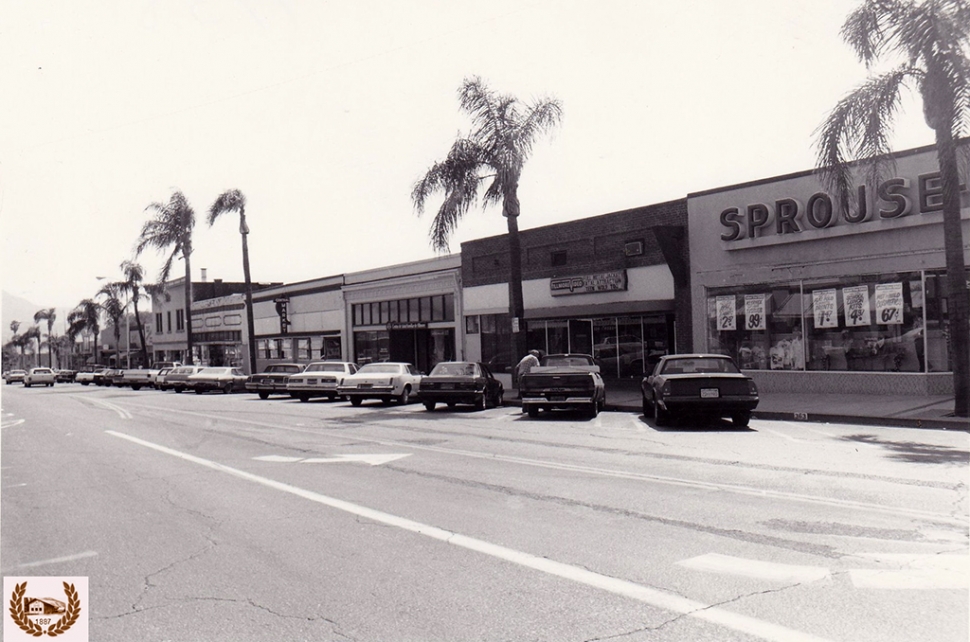 Centro de Salud circa 1983 in the former Pool Hall Building. 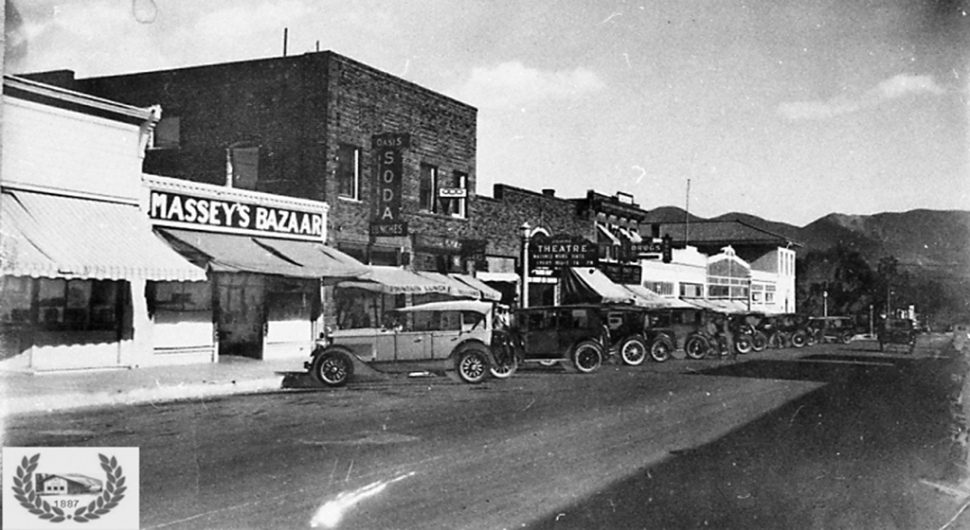 Chili Franklins Pool Hall circa 1910. 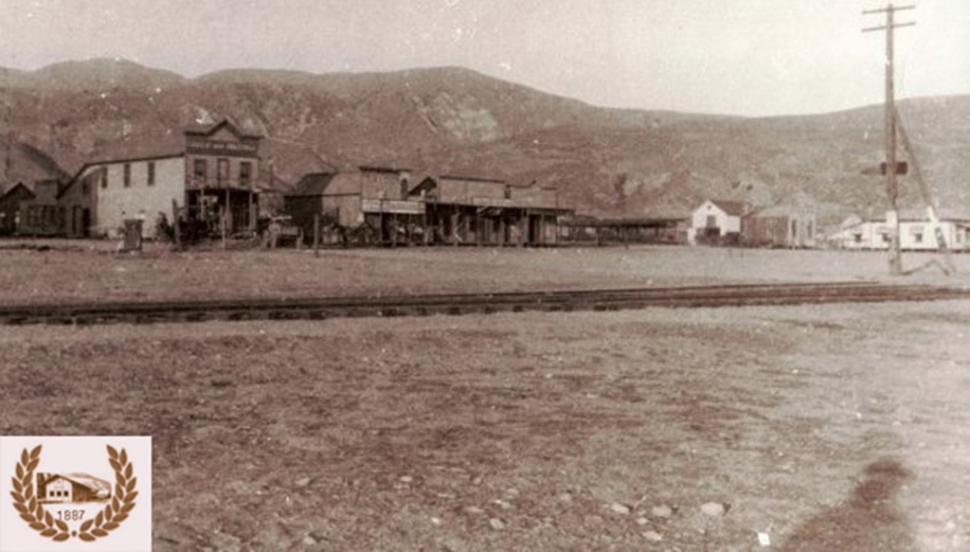 Earliest photo of a pool hall in Fillmore. One of the three one story buildings in the center. 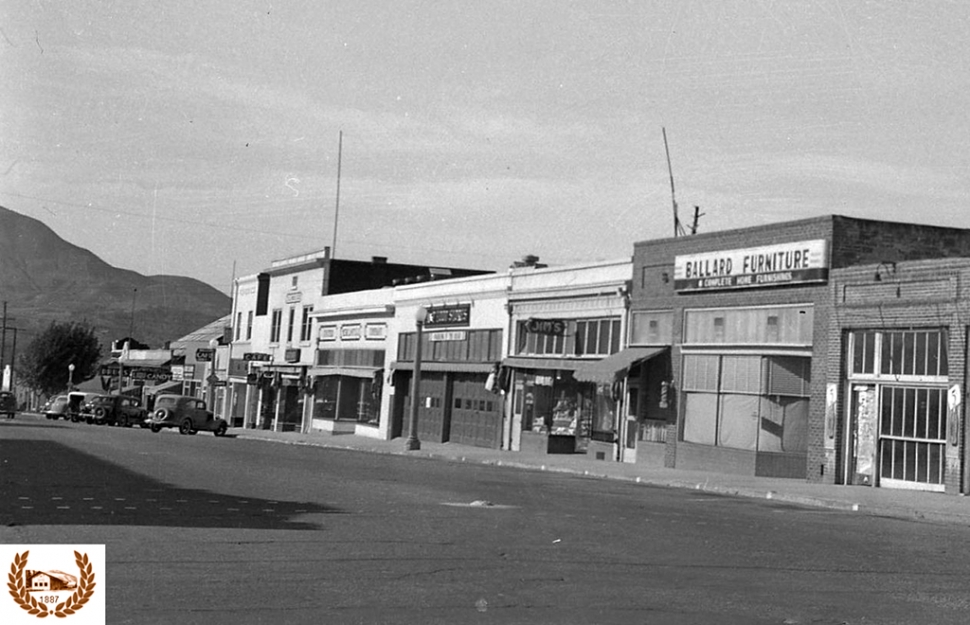 Jims Pool Hall circa 1940. 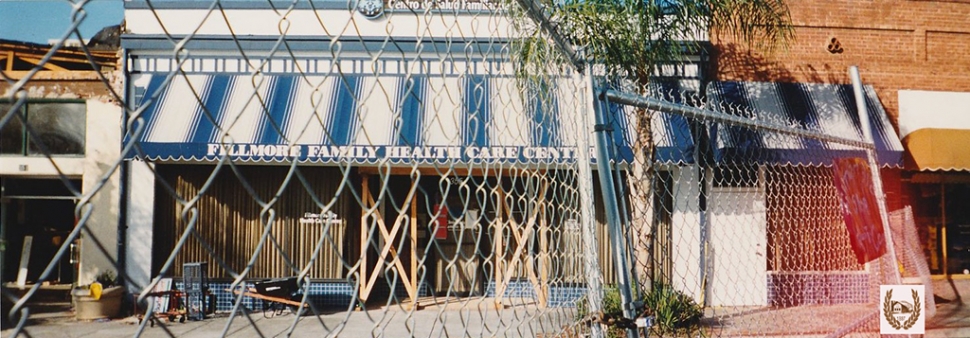 Centro De Salud after the 1994 Earthquake. Courtesy Fillmore History Museum Many years ago, long before equal rights for women, there was definite discrimination nationwide over “Pool Halls”. I don’t think that the girls or women really cared then that they were not allowed to spend their 5 cents for a coke in the Pool Hall. After all there were plenty of other places where cokes, candy and ice cream sodas were available. Fillmore had four documented Pool Halls over the years.(We should first acknowledge that what we all called Pool Halls were at the timeand, in Fillmore, forever, consistently named Billiard Parlors and later Amusement Parlors. If you are familiar with the musical “The Music Man” you will recall that the major issue in the plot was the arrival of a pool table at the local Billiard Parlor.) In Fillmore, the first Pool Hall was built in the late 1880s or early 1890s. It was one of three buildings built shortly after the arrival of the railroad and the location where a broken oil lamp combined with an east wind burned most of the businesses on Main St. in the 1903 fire. Another Pool Hall was also a Public Bath house and was located on Santa Clara St. between Central Ave. and Palm St. One of the best documented Pool Halls was owned by Charles Cleveland “Chili” Franklin in 1910 and located at 340 Central just north of the theater. The sign above the entry said “Oasis, Sodas, Lunches”. Upstairs was the Odd Fellows Hall. In the 1920s a roller rink was installed upstairs where the Odd Fellows Hall had been located. According to Mose Fine, the rink was a popular spot for hockey games with locals and visiting teams from Santa Paula. It was also a popular place for weekly dances, but by the 1930s it was gone. This building became Briggs Hardware. The rink and dance hall were damaged during the Sylmar Earthquake in 1971 when a 70 foot chunk of the upstairs wall fell onto the roof and into the interior of Martha’s clothing store. The second floor was totally removed and reroofed as a one story building. The wooden dance and roller rink floor still remain under the reconstructed roof giving it a double ceiling. The 1920s saw another pool hall in operation. Jim Ipswitch purchased the business, then known as the Fillmore Billiard Parlor, in 1923.It was located on the west side of Central Ave. in a building built in 1915 and originally used as an auto electric and parts store. This was the Pool Hall referenced in the story about the Bunion Race several weeks ago. The runner, “Whitie” Fitzsimmons, who won the race, couldn’t collect first prize but Jim took up a collection among the customers in the Pool Hall and provided candy, cokes, and milk shakes for him for the next three or four months. (This story is to be found in Mose Fine’s book.) In 1940, Jack Ipswitch with a partner a Mr. Burrell purchased the pool hall from his dad, Jim. At about this time the Billiard Parlor name was changed to Amusement Parlor but it was still a pool hall. According to Elaine McMaster Ipswitch, “cars would line up Friday and Saturday nights, and the men would come in and pick up shakes, malts, cokes and sundaes and deliver them to the women waiting in the cars while the men played pool. During the school lunch hour, they would have 50 malt containers full of ice cream and milk, waiting to be mixed with a chosen flavor and machine stirred., The flavors were vanilla, strawberry, chocolate, cherry, pineapple.” These were the days when the high school had an open campus. English teacher, Gladys Hackbarth, once told Ron Ipswitch “that the Fillmore High School teachers approved of the “Fillmore Boys going into the Pool Hall, as no alcohol was served and Jim would kick anyone out the cussed.” “During the World Series a plywood board was set up with painted lines indicating bases and a scoreboard with runs, hits, strikes and balls and the score, as received by the radio. There were penny boards with 25 punch outs, punched out with a match stick. Youcould buy 1 to 25 and might win a pack of cigarettes.” “Near the front of the Pool Hall was a potbellied stove with a big brass ring around it that always glowed red during the winter. Ranchers would supply the wood. On either side of the Pool Hall were two small businesses, a Barber Shop owned by George Palmer and a Shoe Repair Shop owned by “Doc” Maxwell.” “In 1953, Jack sold the Pool Hall to Lewis Steelsmith who also owned a Pool Hall in Santa Paula.“ Steelsmith sold eventually to Kenny Rogers. And eventually it was owned by Dan Bowlin. While girls were never welcomed into the Pool Hall, they often went into George Palmers’ barber shop where a “Dutch” door opened into the Pool Hall. From that opening they could order cokes or sodas without setting foot in the “forbidden” zone. In 1983 Kenny Roger sold the building to El Centro de Salud Familiar. The 1994 Northridge Earthquake brought the end to the story when the building was badly damaged and had to be demolished. Much of our information for this story was supplied by Ron and Elaine Ipswitch. As with much of our local history we are dependent on information from present and past residents. If you have stories to tell us, give us a call or an email and let us know. We would love to hear from you. Our email is Fillmore.museum@gmail.com |
